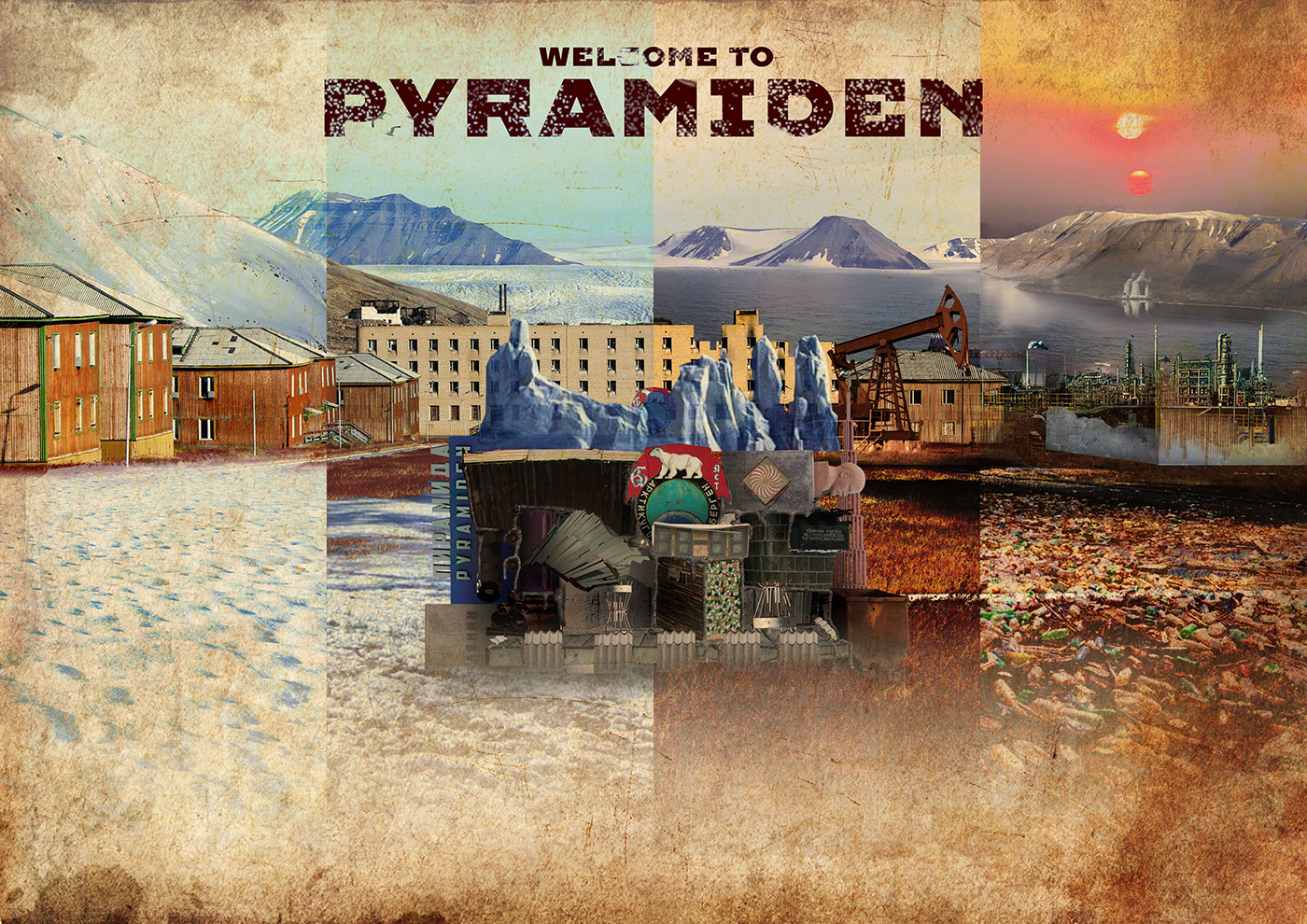
Every object tells a story, and every story has a lesson. To study an artifact of our history is to learn about ourselves - of our values, our hopes, our successes and our failures. To preserve an artifact is to carry the stories of our past into the future, and in doing so, represents mankind’s hope to impart upon posterity the lessons of our experience.
At first glance, one might question the significance of an all-but-abandoned remote town in the Norwegian arctic, but Pyramiden, with its uniquely rich history of adventure and exploration, hunting and mining, scientific research and environmental decay, is a fascinating record of human ambitions. It is the center of international economic, political and ecological controversy, and as such, provides us with a powerful allegory for the current global condition. Indeed, the image of industrial mining equipment and ash-covered debris amidst rising sea levels and melting glaciers seems almost too reductive to be real. Additionally, it is difficult not to imagine the once-devastating whaling and hunting practices of Svalbard as representative of a broader attitude towards wildlife that was prominent throughout the twentieth century. However, the region’s scientific research and climate change monitoring efforts now allow us to consider that we may have finally reached a pivotal point in the trajectory of our relationship with the environment. The idea that Pyramiden and Svalbard’s local histories may be representative of a larger one is critical when considering the legacy and preservation of this town.
A conventional approach to preservation might see Pyramiden maintained “as-is,” frozen in time. However, it is critical to acknowledge that nothing remains unchanged forever. Only by understanding this can Pyramiden’s essential story be carried into the future.

As a clear and graphic example of brash industrial opportunism and international political turmoil, Pyramiden’s history carries symbolic capacity on a global scale. This proposal aims to harness that capacity by drawing a symbiotic connection between Pyramiden’s past and its future, and encouraging a deliberate tack towards a program of scientific exchange and environmental communion. The contrast between its contentious past and its optimistic future serves to both embolden its illustrative history, and empower a new commitment to environmental stewardship.
At the center of this effort stands the physical expression of its ambition.
The plinth, assembled from the abandoned icons and discarded remains of Pyramiden, inevitably carries the existential history of this town, but overtly bears the allegory of our global industrial past. The ice - pristine, yet changing with every breath - shares the qualities of a future that has yet to be determined. Together, the two present us with an opportunity to simultaneously consider every action that has come before, and every consequence that is yet to unfold. Suddenly, we become aware that at every moment in our lives, we stand in Pyramiden, at the pivotal moment between our past and our future. We realize that the significance of Pyramiden is the significance of every moment in our lives: it is a crossroads. We are asked questions: What shall be the fate of Pyramiden? Of the planet? Of this object? Is it to become a symbol of commitment, of learning from our history, of preservation? Or will it become the embodiment of our end - a past with no future?
This is the legacy of Pyramiden.


